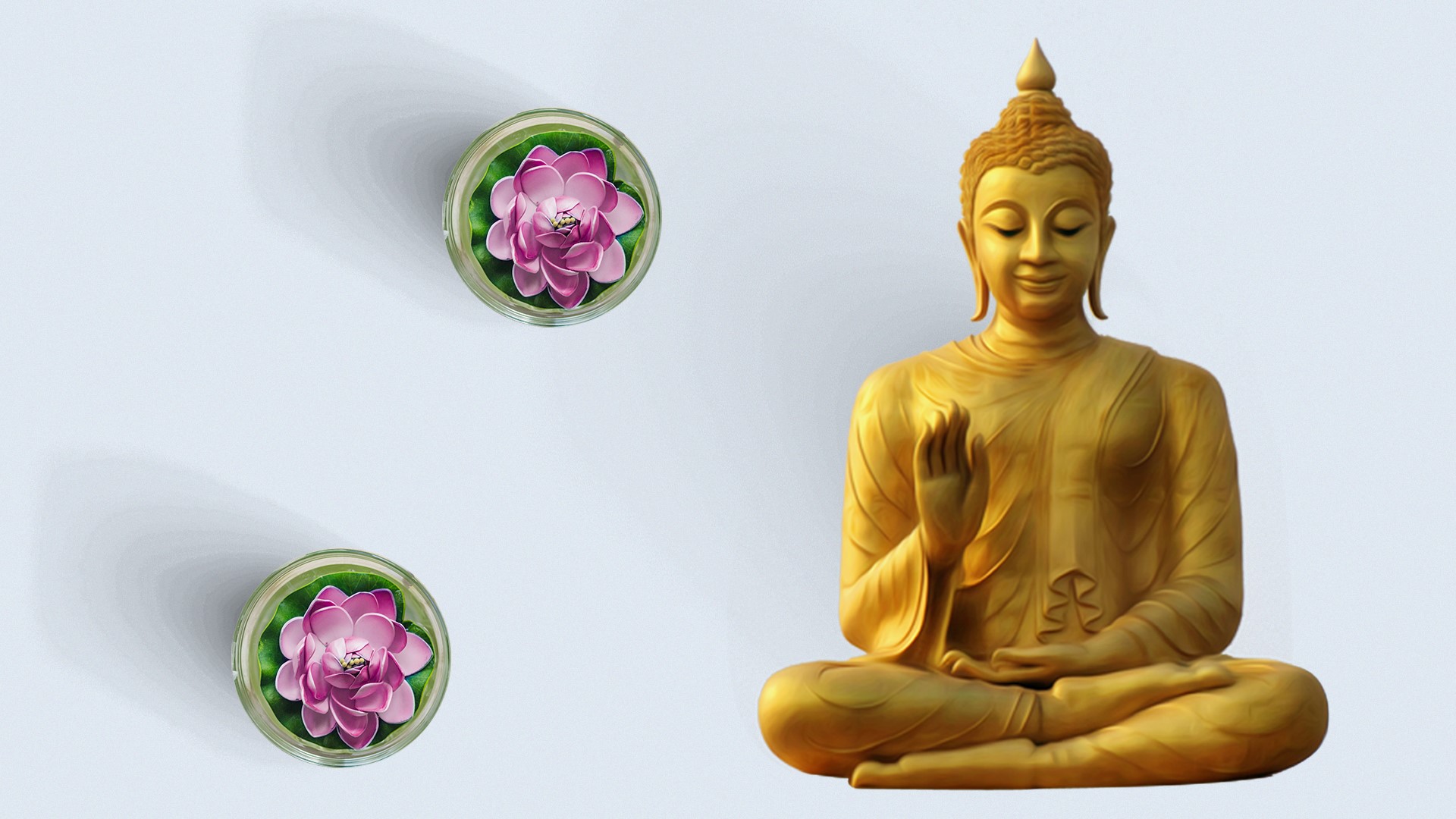
Sorry, we couldn't find anything that matches your search.
Destination

Famous Places to Explore in Hyderabad
A vibrant city with the imposing...

Raipur Tourist Places | Best Place to Visit
The stronghold of several erstwhile...

Ahmedabad
Declared as India's first UNESCO World...
#
Carnatic music is said to be divine and gives the listener a uniquely aesthetic experience. There are three essential elements to this form of music: raga (tuneful rendition with minute intervals), tala (rhythmic order marked by mathematical precision), and bhava (feeling, expressivity). The artiste draws inspiration from mythological texts and dances for the more intense pieces, while the lighter ones generally follow themes of love, known as tukkada. The term “carnatic” comes from Sanskrit terms, Karnataka Sangitam, which translates to traditional or codified music. Historically, it was mystic poet and composer, Purandara Dasa (1484-1564), who introduced a course on music that later became Carnatic music.
The concert form of this type of music was formalised in the 20th century. Today, hundreds of ragas (melody) have been distributed 72 melakarta ragas (scales), with the most common type song being kriti (creation). Kriti was popularised by South Indian poet-composers, Tyagaraja (1767-1847), Syama Sastri and Muttusvami Dikshitar, who are collectively known the “Trinity” of Carnatic music, and their disciples. Most of the songs are written on three melodic themes (pallavi, anupallavi and charanam).








